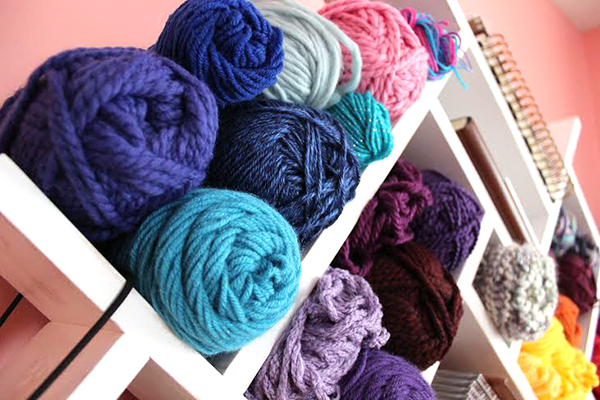Wool is a product that has so many qualities and abilities that it seems almost absurd that it has remained in the shadows for so long.
And yet, in the modern era of the 21st century, with technology at its height, we are once again looking to some of the ‘forgotten’ materials to make our everyday living more comfortable – without wrecking the planet but also supporting home industries.
The Industrial Revolution
The Industrial Revolution, a time period from around 1750 – 1850 marked a departure from the old, traditional ways. Even though we may smile today – even laugh – at some of the basic inventions that drove this revolution, for the time, they were revolutionary – and unwelcome in parts of the country.
Many people were hurt by the new machines that did their jobs; out of work and with no skills to take to another industry, there were losers in the revolution, just as there were winners.
As ships grew bigger and faster, the importing of raw cotton grew. Huge mills were now common place in England, spinning and creating cotton garments at a fraction of the cost. Over the years, wool was seen as the poor cousin and its use fell in to decline.
But, everything has its day and wool is no different. Twenty years ago, as the 20th Century popped over the millennium boundary, sheep farmers couldn’t give a wool fleece away; now, in the 21st Century, wool is making a deserved come-back.
But why?
Wool is often seen as a material or fabric that protects, cocoons and insulates. People do not realise that it is also great for soaking moisture, and then releasing it. It has a natural wicking quality – keeping moisture away from the skin to prevent cold – that manufacturers of synthetic materials have been trying to recreate for years.
But people, for a long time, still saw wool as the fabric that kept you warm; the jumper that itched and itched, as well as being the fabric that was old-fashioned. It was the material favoured by the older generation, not for the young and trendy with the bright colours and their synthetic fabrics.
Not just for blankets
And from the doldrums, springs new life into wool, much like the back of the sheep it comes from, once a frolicking lamb across the green dales of Britain.
Wool is not just for blankets. It can be worked and spun in different ways; the use of dyes has come on leaps and bounds meaning that, at last, it has caught up and surpassed the colours, patterns and textures of other ‘trendy’ fabrics.
Naturally fire retardant, it can be anything from wool lampshades to blinds but, its biggest and most welcome innovation that people are discovering are the wool duvets, the pillows and the mattress topper.
Created from flocks of British sheep across British businesses, British wool is the darling of many an interior designer. Good for the environment, great for us and a welcome boost to British talent and trade, wool can do just about anything.
Sleeping well?
As we enter a buzzing technology-driven age, the need to be rested is even more important and this is why wool is the perfect fabric for your bedroom. Take another look at wool and discover a material that is unique and perfect.
A man who knows a lot about wool is Dick Beijen, guest author of this article today. Dick has worked with wool for many years, manufacturing wool bedding.
